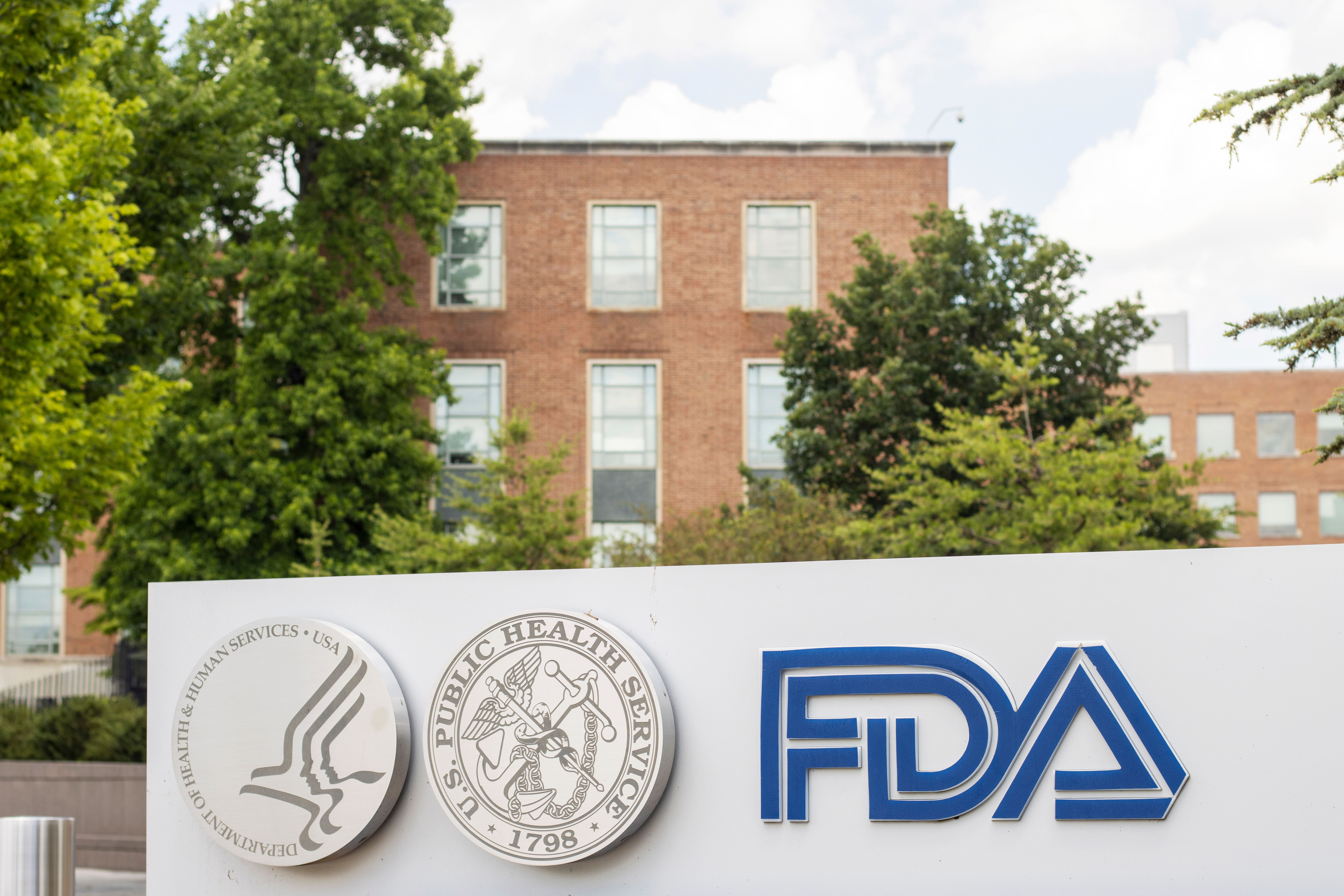- Acne
- Actinic Keratosis
- Aesthetics
- Alopecia
- Atopic Dermatitis
- Buy-and-Bill
- COVID-19
- Case-Based Roundtable
- Chronic Hand Eczema
- Chronic Spontaneous Urticaria
- Drug Watch
- Eczema
- General Dermatology
- Hidradenitis Suppurativa
- Melasma
- NP and PA
- Pediatric Dermatology
- Pigmentary Disorders
- Practice Management
- Precision Medicine and Biologics
- Prurigo Nodularis
- Psoriasis
- Psoriatic Arthritis
- Rare Disease
- Rosacea
- Skin Cancer
- Vitiligo
- Wound Care
Article
Lidocaine toxicity a serious risk of laser surgery
Lidocaine toxicity associated with use of topical anesthetic creams in patients undergoing laser procedures is a major concern that dermatologic surgeons need to be aware of, said Roy G. Geronemus, M.D., speaking in a surgical symposium on "When Bad Things Happen to Good Surgeons."
Lidocaine toxicity associated with use of topical anesthetic creams in patients undergoing laser procedures is a major concern that dermatologic surgeons need to be aware of, said Roy G. Geronemus, M.D., speaking in a surgical symposium on "When Bad Things Happen to Good Surgeons."
Lidocaine-containing topical anesthetic creams (eg., EMLA, ELA-Max) are often used in pediatric patients undergoing pulsed dye laser treatment for vascular lesions. For those patients, surgeons need to be cognizant of guidelines regarding maximum dose, application area and application time based on patient age and weight.
However, complications can also occur in adults when large body surface areas need to be anesthetized, such as for treatment of large port wine stains or for laser hair removal procedures. Highlighting the gravity of this risk, Dr. Geronemus described a recent case from the media involving a college senior who applied a product containing 10 percent lidocaine under occlusion at home and suffered a fatal cardiac arrest while driving to the laser hair removal center. He added that several other cases of patients going into cardiac arrest have occurred across the country and there has also been a patient who is brain dead after going into respiratory arrest.
"While in the past we routinely had patients apply the topical anesthetic at home before coming in to the office to save time, our concern about toxicity has limited that practice and we now have them use the cream in the office so that we can monitor how much they are applying," Dr. Geronemus says.
Newsletter
Like what you’re reading? Subscribe to Dermatology Times for weekly updates on therapies, innovations, and real-world practice tips.











